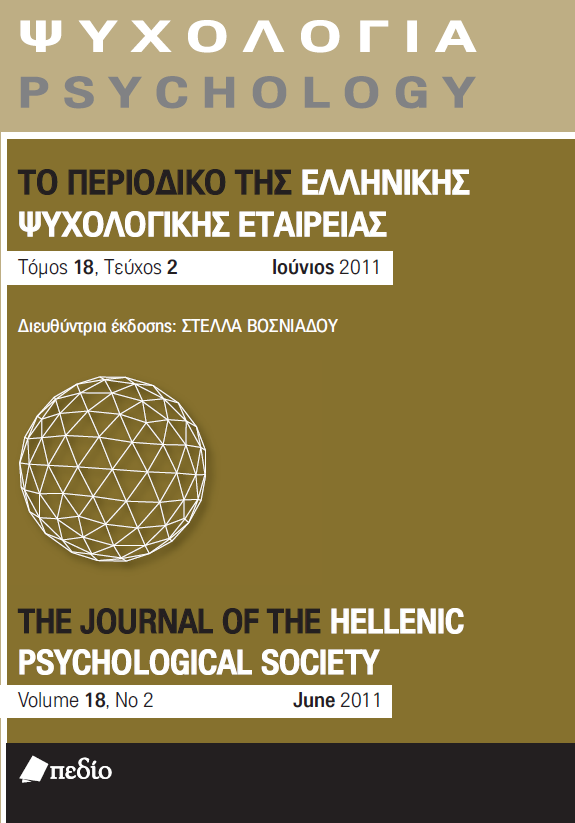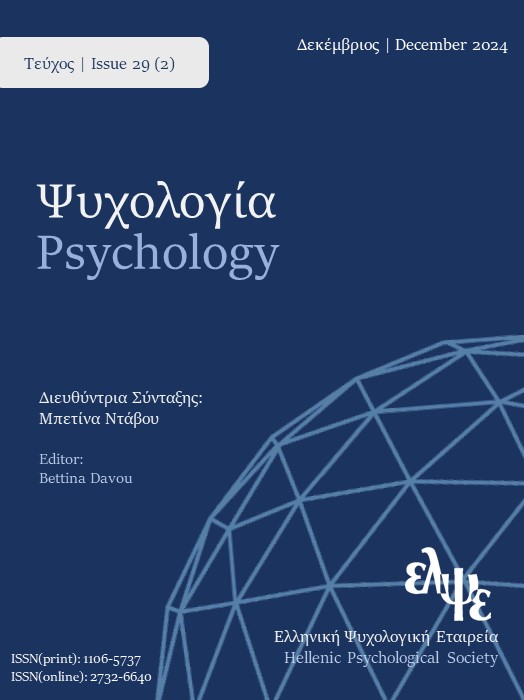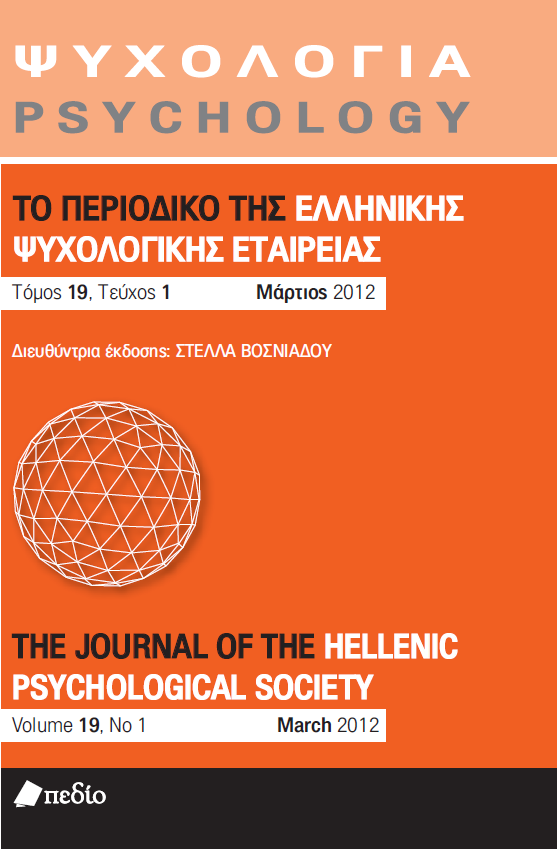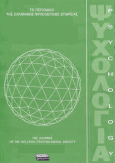Problem solving, Representations, Temporal relations, Number, Figure, Metacognition.
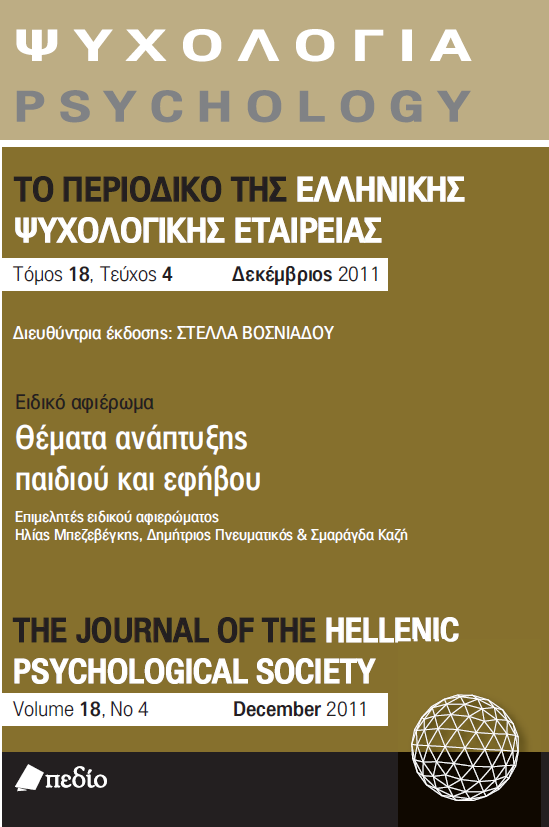
Abstract
We present the results of two empirical studies which investigated the effect of the type of information included in refutational texts in 3rd grade students’ comprehension of the spherical shape of the earth. In the first study we compared three kinds of refutational texts: the first refuted only the belief that the earth is flat, the second refuted in addition the belief in up/down gravity, and the third refuted all of the above and in addition the belief that the earth is a physical and not an astronomical object. In Experiment 2, four texts were used to compare text type (refutation vs. non-refutation) and information type (categorical vs. non-categorical information). The results from the two experiments confirmed our hypothesis that refutational texts that include categorical information are the most effective in improving students’ understanding of scientific information about the earth.
Article Details
- How to Cite
-
Σκοπελίτη Ε., & Βοσνιάδου Σ. (2020). Problem solving, Representations, Temporal relations, Number, Figure, Metacognition. Psychology: The Journal of the Hellenic Psychological Society, 18(4), 421–439. https://doi.org/10.12681/psy_hps.23731
- Issue
- Vol. 18 No. 4 (2011)
- Section
- SPECIAL SECTION

This work is licensed under a Creative Commons Attribution-ShareAlike 4.0 International License.
The journal PSYCHOLOGY adopts a Platinum open-access policy. Submission, processing or publication costs are waived by the Hellenic Psychological Society. Papers published in the journal PSYCHOLOGY are licensed under a 'Creative Commons Attribution-ShareAlike 4.0 International' licence. The authors reserve the copyright of their work and grant the journal the right of its first publication. Third-party licensees are allowed to use the published paper immediately after publication as they wish, provided they retain the defined by the license copyright formalities, regarding the reference to its author(s) and its initial publication in the journal PSYCHOLOGY. Moreover, any adjusted work should be shared under the same reuse rights, so with the same CC license.




